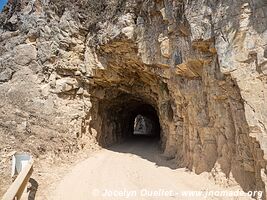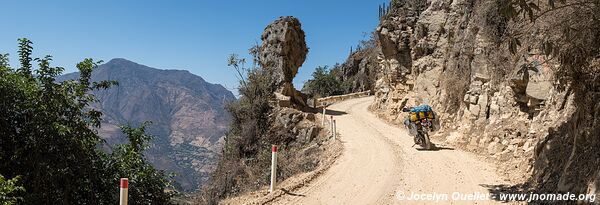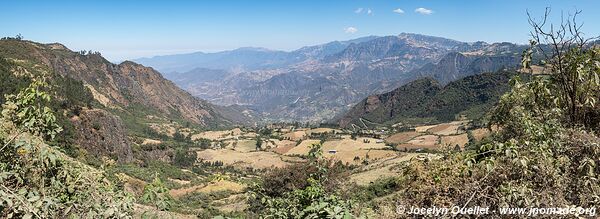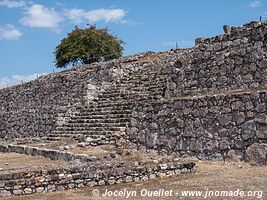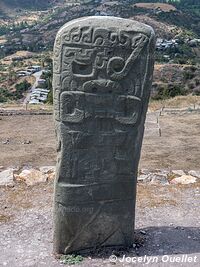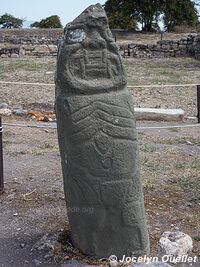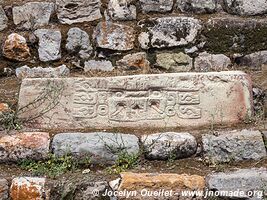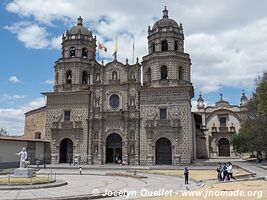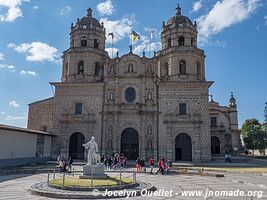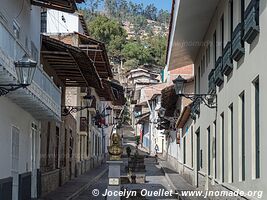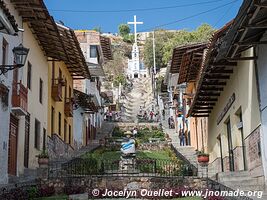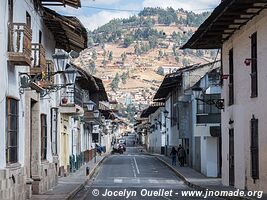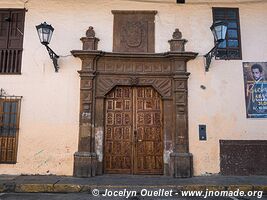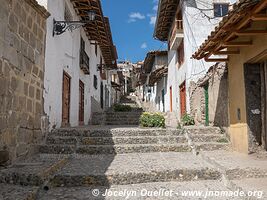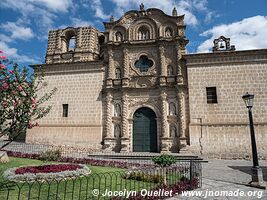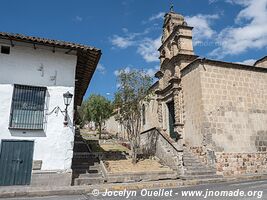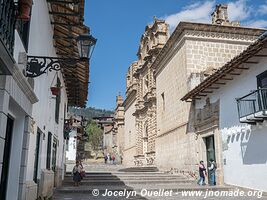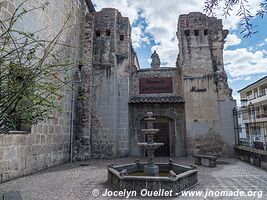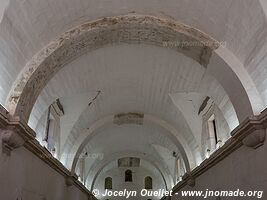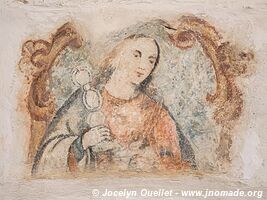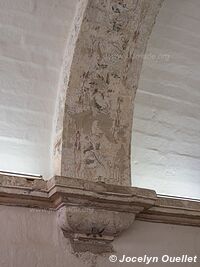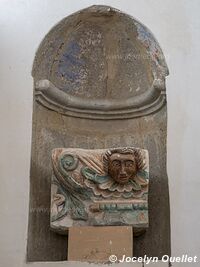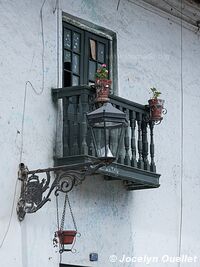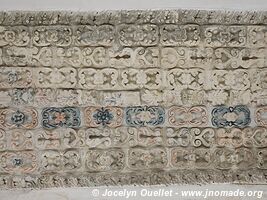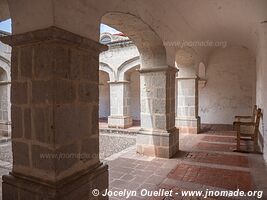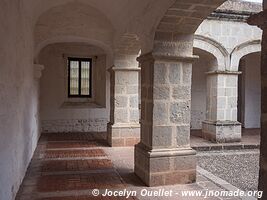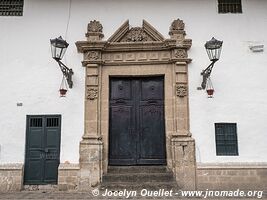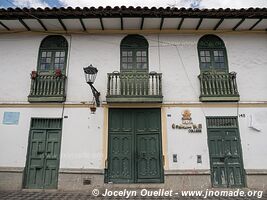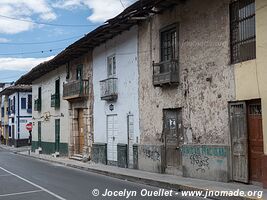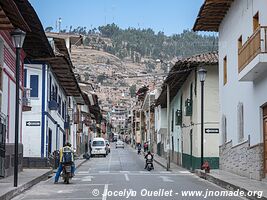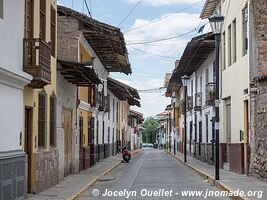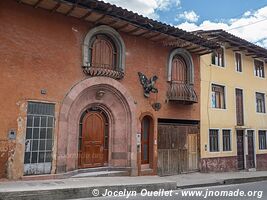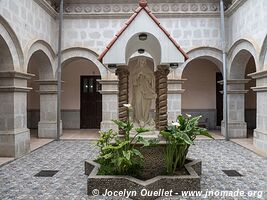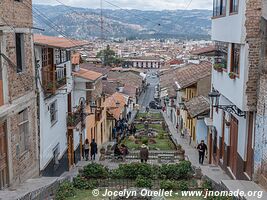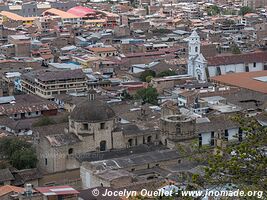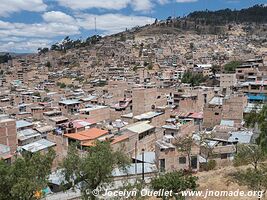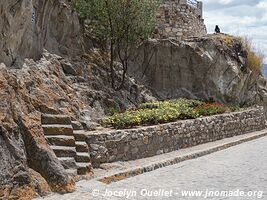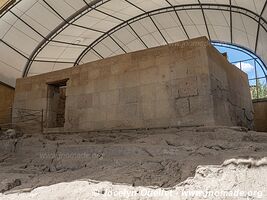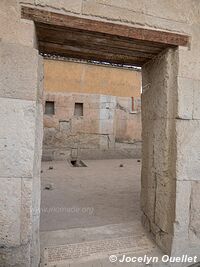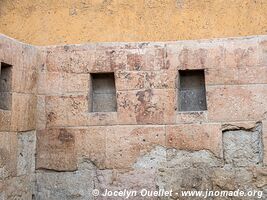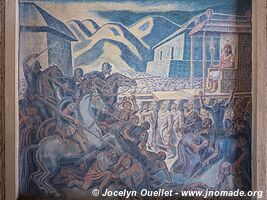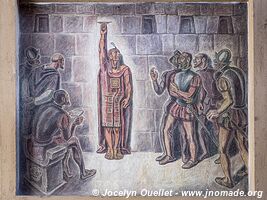Cajamarca
From the coast to Cajamarca
Now it is time to leave the coast and to head into the Andes Mountains.
After the grey sky of the coast, the pure air, blue sky, and awesome landscapes are welcome changes.
Kuntur Wasi
This small pre-Inca ruin is perched atop a mountain overlooking the village of San Pablo.
The site is considered as one of the cradles of the Andean culture, with four distinct cultures using the place for their ceremonies. The first constructions date back to 1100 BC.
The place is not really spectacular, but it offers some nice views over the village of San Pablo and the surroundings.
Cajamarca
Nowadays, Cajamarca is the most important city of the Northern Highlands. It is a very pretty colonial city with a strong indigenous population.
Around year 1460, the Incas conquered Cajamarca and transform it from a simple village to a major city on the Inca highway linking Cusco to Quito in Ecuador. Around 1532, Atahualpa ruled the whole Inca Empire extending from southern Colombia to the centre of Chili.
That same year, the Spanish Francisco Pizarro reached the city with 168 men. The city was almost deserted since Atahualpa and his entourage were outside town. Even though the Incas had troops estimated between 40,000 and 80,000 men, Pizarro prepared a trap for the Inca leader. When Atahualpa came back to town with a retinue of nearly 6000 fighters, a surprise awaited him.
A friar, named Vicente de Valverde, made contact with Atahualpa and started to talk about his belief and then gave him a Bible. The legend is that Atahualpa, out of anger, threw the Bible on the ground, and then the friar gave the signal for the Spanish to attack.
The Incas were only armed with slings and rudimentary hand axes. When the Spanish cavalry charged at the same time as cannons were fired, the indigenous Incas were so afraid that their simple arms were not up for a fight against armoured knight equipped with sharp swords. The indigenous people had never seen cannons or even horses in their entire life. Some 6,000 indigenous were slaughtered and it was the end of the Inca Empire.
Cuarto del Rescate
After the slaughter done by the conquistadors, Atahualpa promised to the Spanish that he would fill a room with gold in exchange for his freedom, or even his life. The room would be filled once with gold and twice with silver, the equivalent of 6,000 kg of gold and 12,000 kg of silver. This incredible ransom is worth more or less 50 million USD.
The ransom was partly paid, but Atahualpa was still put to death on July 26, 1533, on the central plaza of Cajamarca.






